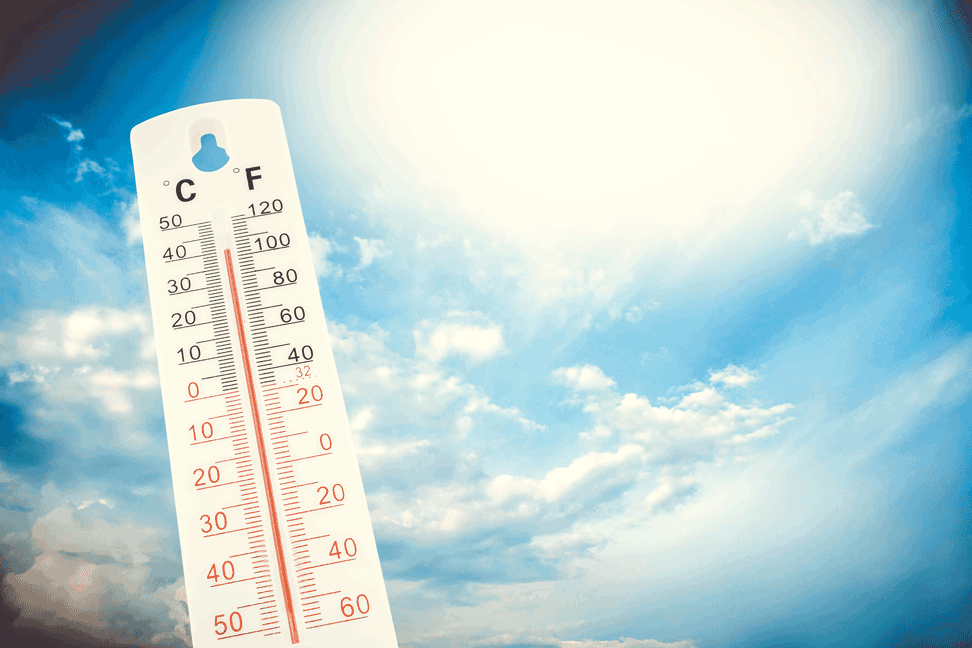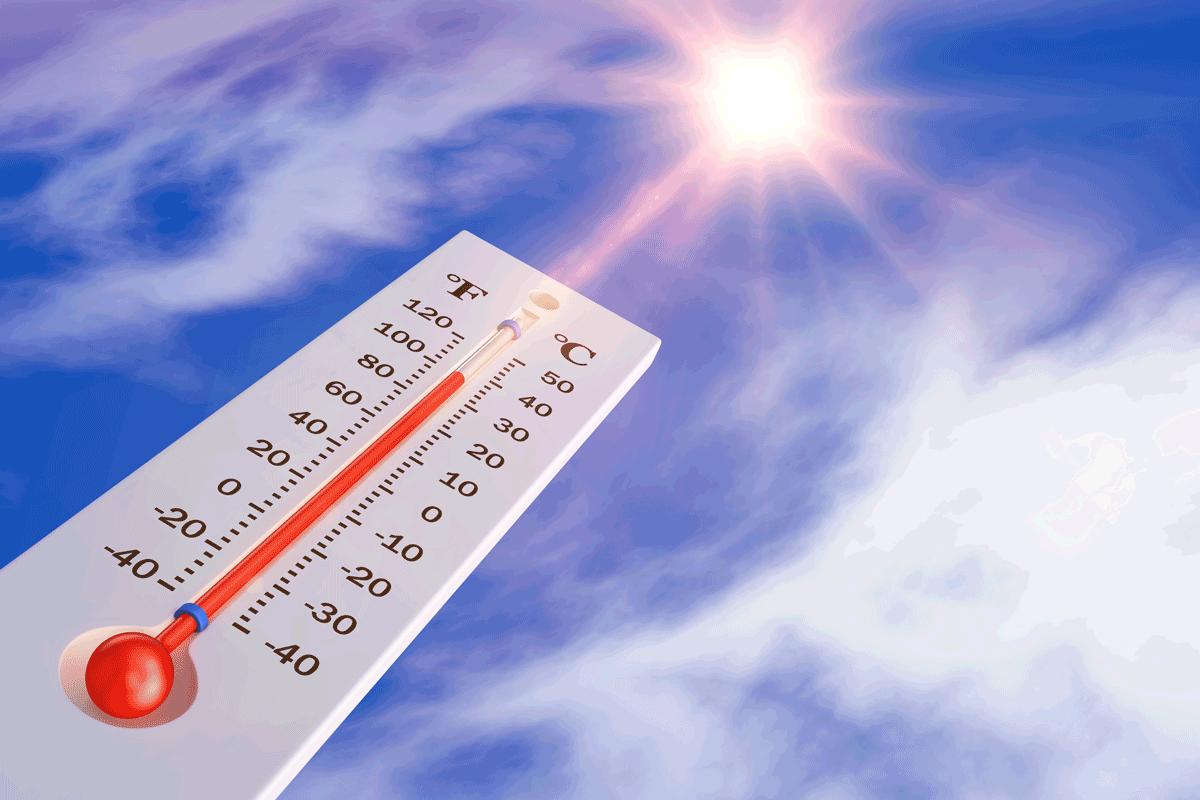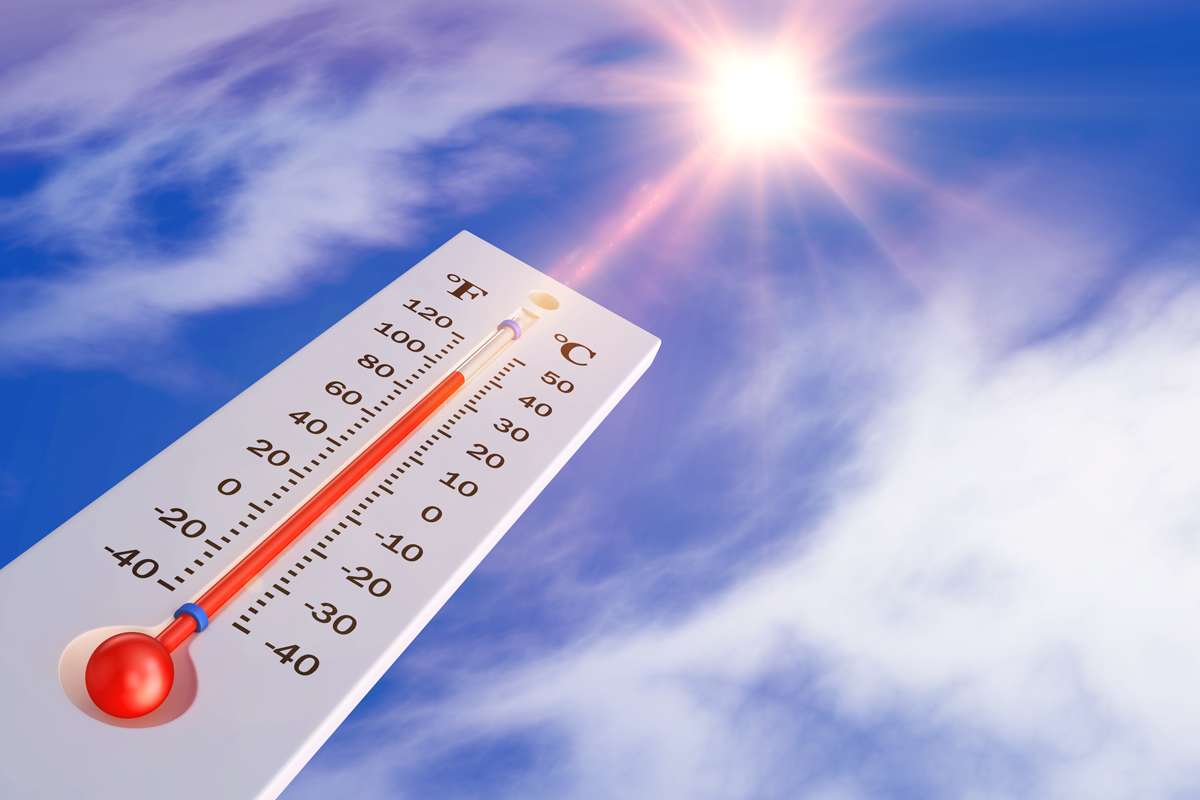Working in excessive heat can cause illness, whether outdoors (this summer again brought record-breaking heat to parts of North America), or indoors where equipment, combustion or other factors raise ambient working temperatures. Occupational safety and health agencies have slowly been expanding explicit requirements that employers protect their workers against heat stress. Most recently, the Maryland Department of Occupational Safety and Health (MOSH) adopted Heat Stress Standards effective September 30, 2024 (COMAR 09.12.32).
Audit, Compliance and Risk Blog
Maryland creates heat stress rules for indoor and outdoor work
Posted by Jon Elliott on Mon, Dec 23, 2024
Tags: OSHA, Heat, Maryland heat stress standards, MOSH heat regulations, Workplace heat protection, Heat index compliance, Occupational safety and heat illness, Heat stress prevention plan, High-heat procedures, OSHA proposed heat standards
On August 30, the Occupational Safety and Health Administration (OSHA) published its proposal to adopt a new Heat Injury and Illness Prevention Standard (29 CFR 1910.148) covering most OSHA-regulated employers. This rulemaking expands OSHA’s ongoing efforts to protect workers against heat hazards; previously, the agency has emphasized that known heat hazards trigger the Employer’s General Duty Clause (I wrote about OSHA’s National Emphasis Program for both outdoor and indoor workplaces HERE ).
Read MoreTags: Health & Safety, OSHA, Safety and Health at Work, workplace safety, Heat, Be Heat Smart
California adds heat protection rules for indoor workplaces
Posted by Jon Elliott on Wed, Aug 07, 2024
This summer has again brought record-breaking heat to parts of North America. Outdoor work in the summer sun can lead to heat illness, as can indoor work in spaces that aren’t sufficiently insulated or cooled. Since 2005, California's Division of Occupational Safety and Health (Cal/OSHA) administers detailed regulatory requirements for outdoor workplaces; other jurisdictions have since adopted similar requirements (I wrote about these HERE). Indoor workplaces have been considered, too (the federal Occupational Safety and Health Administration (OSHA) initiated a National Emphasis Program for both outdoor and indoor workplaces in 2021, which I wrote about HERE). On July 23, 2024, California adopted new requirements governing indoor workplaces (8 California Code of Regulations (CCR) 3396), which I discuss in the rest of this note.
Read MoreTags: OSHA, Safety and Health at Work, workplace safety, Heat Wave, Heat, Be Heat Smart
This summer is again bringing record-breaking heat to parts of North America. Outdoor work in the summer sun can lead to heat illness, as can indoor work in spaces that aren’t sufficiently insulated or cooled. Since 2008, Washington state has required employer actions to protect employees from extreme heat during summer months, through rules administered by the Department of Labor & Industries’ (L&I’s) Division of Occupational Safety and Health (I discussed the pre-2023 rules HERE). Effective July 17, 2023, L&I has updated its Outdoor Heat Exposures rules, revising and expanding the requirements and making them applicable year-round. The remainder of this note summarizes the changing requirements.
Read MoreTags: Protecting employees, Heat, Be Heat Smart, heat illness, Labor & Industries
Washington enforcing summertime heat and wildfire protection rules
Posted by Jon Elliott on Mon, Jul 18, 2022
This summer is again bringing record-breaking heat to parts of North America. It's time to remember that outdoor work in the summer sun can lead to heat illness, as can indoor work in spaces that aren’t sufficiently insulated or cooled. It’s also time to consider the possible impacts of local or regional wildfires on workplace air quality. Washington state provides useful benchmarks for these considerations, through rules administered every summer by the Department of Labor & Industries’ (L&I’s) Division of Occupational Safety and Health. The remainder of this note summarizes those requirements.
Read MoreTags: Wildfire, Heat Wave, Heat, Be Heat Smart, heat illness, Washington
OSHA launches National Emphasis Program to address workplace heat hazards
Posted by Jon Elliott on Tue, May 24, 2022
On April 8, 2022, the US federal Occupational Safety and Health Administration (OSHA) established a National Emphasis Program (NEP) to focus enforcement resources on “Outdoor and Indoor Heat-Related Hazards.” The NEP is OSHA’s latest step to manage and reduce heat illness in workplaces. Earlier actions include “Inspection Guidance for Heat-Related Hazards” on September 1, 2021 (I wrote about it HERE), and an “advanced notice of proposed rulemaking (ANPRM)” on these topics issued on October 27, 2021 (which I wrote about HERE). The remainder of this note summarizes the NEP.
Read MoreTags: OSHA, workplace safety, Heat Wave, Heat
On October 27, the US federal Occupational Safety and Health Administration (OSHA) has published an “advanced notice of proposed rulemaking (ANPRM)”, as the first step toward national heat illness prevention rules. This action is the agency’s second recent step to define and combat these hazards – several states already administer such rules. OSHA’s first step was to release new “Inspection Guidance for Heat-Related Hazards” on September 1 (I wrote about it HERE). The remainder of this note summarizes issues raised and questions asked in the ANPRM.
Read More
Tags: OSHA, Heat, Be Heat Smart
OSHA begins nationwide effort to prevent work-related heat illness
Posted by Jon Elliott on Wed, Oct 13, 2021
In September 2021, the US federal Occupational Safety and Health Administration (OSHA) announced its first steps toward nationwide enhancement of efforts to protect workers from heat illness. The effort will cover both outdoor work in the sun and ambient heat, and indoor work in hot areas or heat-retaining clothing and equipment. OSHA’s first step was to release new “Inspection Guidance for Heat-Related Hazards” on September 1. The remainder of this note discusses this policy, and identifies additional context that clarifies ambiguous points.
Read MoreSummer has arrived, bringing record-breaking heat to parts of North America. It's time to remember that outdoor work in the summer sun can lead to heat illness, as can indoor work in spaces that aren’t sufficiently insulated or cooled.
In the United States, the federal Occupational Safety and Health Administration (OSHA) and most state OSH programs provide guidance to employers and their workers. California's Division of Occupational Safety and Health (Cal/OSHA) administers detailed regulatory requirements for outdoor first promulgated in 2005, and Washington has enforced state-level rules since 2007. Canadian occupational health and safety agencies also recognize “thermal stress” as a workplace hazard, with attention to both heat and cold. California has been working on standards for indoor workplaces since 2017.
If you have outdoor workers in California you must comply with the following requirements, while if you're anywhere else you should at least consider them.
Read More







